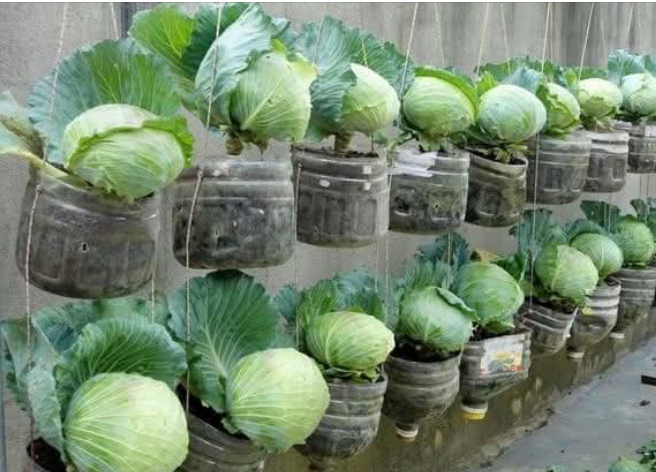– Select varieties of Cabbage:
1 – Choose types of cabbage that are right for your climate and flavor preferences.
2 – Use organic seeds or seedlings for quality and sustainability.
– Prepare the Soil:
1 – Choose a sunny place with fertile soil and well drained.
2 – Mix compost or aged manure to improve soil texture and fertility.
3 – Aim for a pH of 6.0 to 7.5
– Plant the Cabbage:
1 – Start seeds indoors or sow directly in the garden.
2 – Space the seedlings from 30 to 60 cm between each other in rows from 45 to 90 cm apart.
3 – Plant in holes slightly larger than the brush.
– Water and quilt:
1 – Keep the floor consistently moist, especially during formation of heads.
2 – Water the base to prevent disease and retain moisture.
3 – Quilt with organic materials to retain moisture and repell weeds.
– Fertilize:
1 – Use organic fertilizers such as compost or balanced mixtures.
2 – Apply compost or fertilizer when plants are 3-4 weeks old and again when the heads are formed.
– Plague and Disease Control:
1- Check plants regularly for pests such as fleas or cabbage worms.
2- Use organic methods such as manual picking or insecticide soap.
3- Break crops and space plants properly to reduce the risk of diseases.
– Harvest the Cabbage:
1 – Harvest when the heads are mature and firm.
2 – Cut off the heads of the stem, leaving the outer leaves intact.
3 – Morning harvests offer the best flavor and texture.
– Store and Use:
1 – Refrigerate harvested cabbage for up to several weeks.
2 – Enjoy fresh in several dishes or preserve by fermentation, shortening or freezing.
By following these steps, you’ll grow fresh, flavorful cabbage while supporting soil health and sustainability. Whether you’re new to gardening or a seasoned pro, growing organic cabbage is a rewarding experience.
